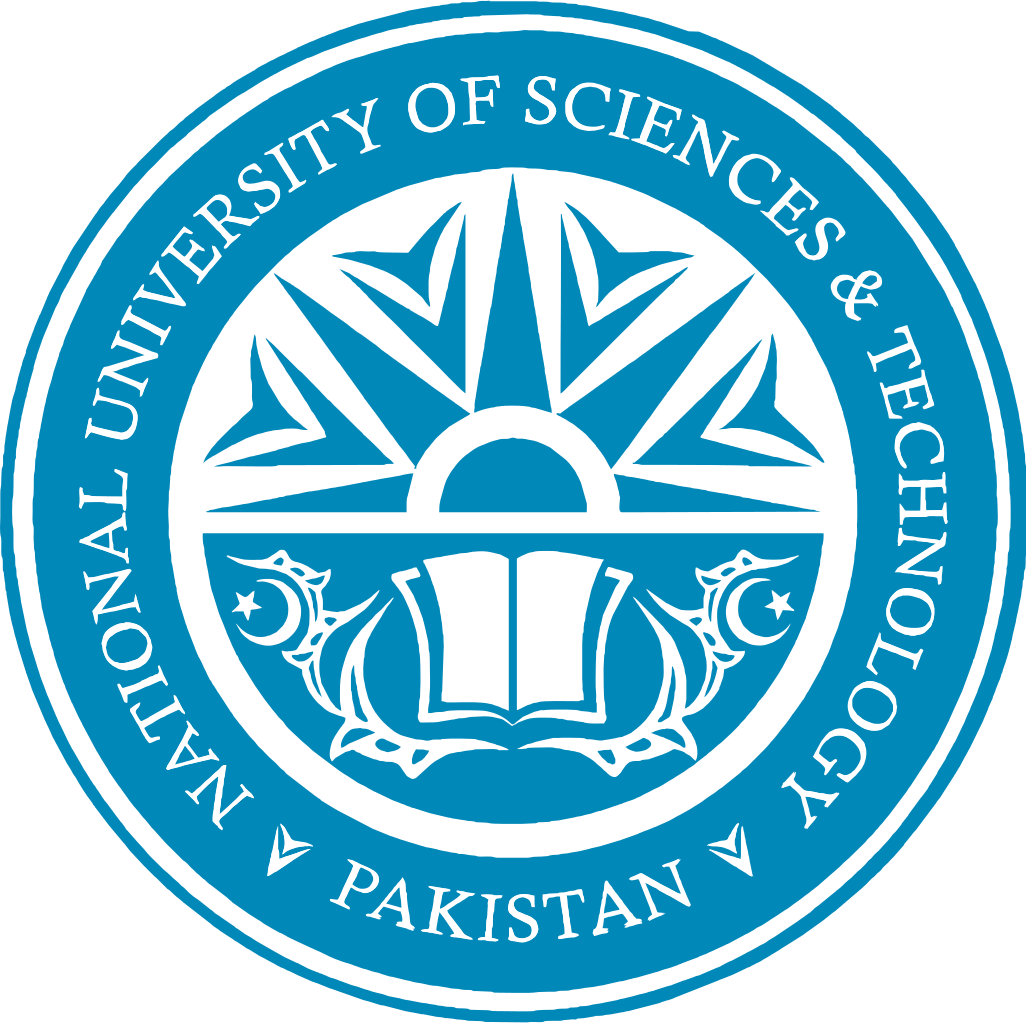Group 1

NUST
Fish Biodiversity Estimation by Low-Cost Non-Destructive Video Based Sampling
The goal of FIBEVID is to employ underwater computer vision technology for an automated surveying of fish species. The development of such a technology involves the construction and deployment of suitable underwater camera rigs, as well as the development of innovative software for a semiautomatic localization, tracking, measuring and classification of underwater species. FIBEVID’s goal is the development and field testing of a first prototypical solution providing all this functionality.
Group 2

AIRL UET LAHORE
iFruitFly Detector
About 60% of Pakistan’s export is dependent on agriculture. European Union is a large market of Pakistani fruits. However, Pakistan struggles to meet the EU standards. Numerous imaging techniques have been used to detect and predict bruises/diseases in fruits. Images gathered through these methods are processed through computer vision and machine learning algorithms. iFruitFly Detector project aims to detect fruit fly infestation in mangoes. The present project focuses on feature extraction, anomaly detection and supervised learning to predict bad regions in fruits. Early bruises are detected through infrared imaging before they can appear actually.
Group 3

CLE KICS UET
Text-to-Speech for Urdu: Understanding Intonation
The goal of this project is to understand the Urdu intonation and speech prosody in relation with the syntax in order to develop an Urdu language based text-to speech (TTS) system. Natural sounding TTS systems need information about the intonation or speech prosody of a language. Understanding intonation, in turn, is a complex process which requires sophisticated linguistic analysis that can be used to produce annotated corpora whose data can in turn be fed into a machine-learning system. This machine learning system can then be used to build a natural sounding TTS. In this project, we aim to develop an annotated speech corpus for Urdu in order to provide the necessary basis for the development of a natural sounding TTS for Urdu.
Group 4

LUMS
Group 5

LUMS